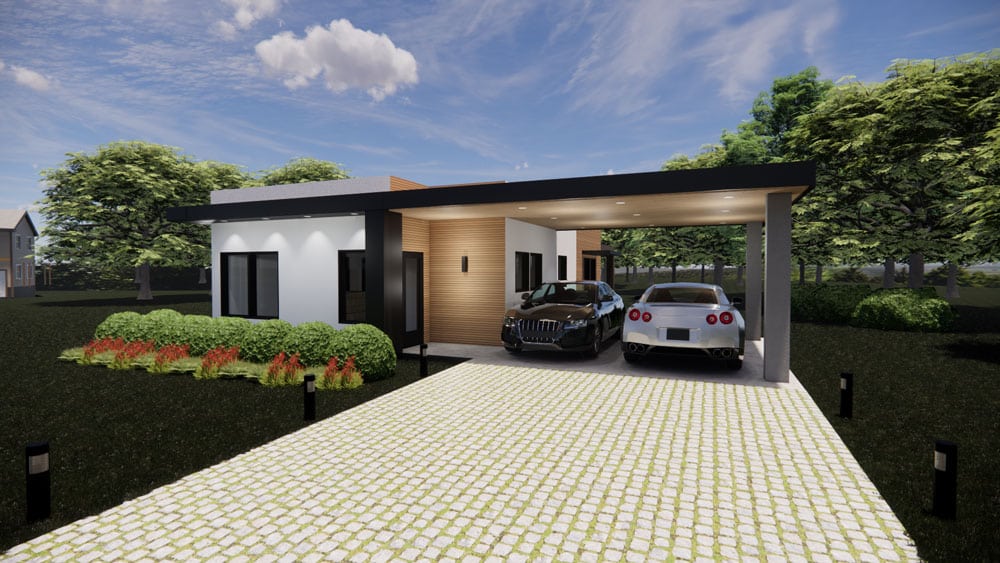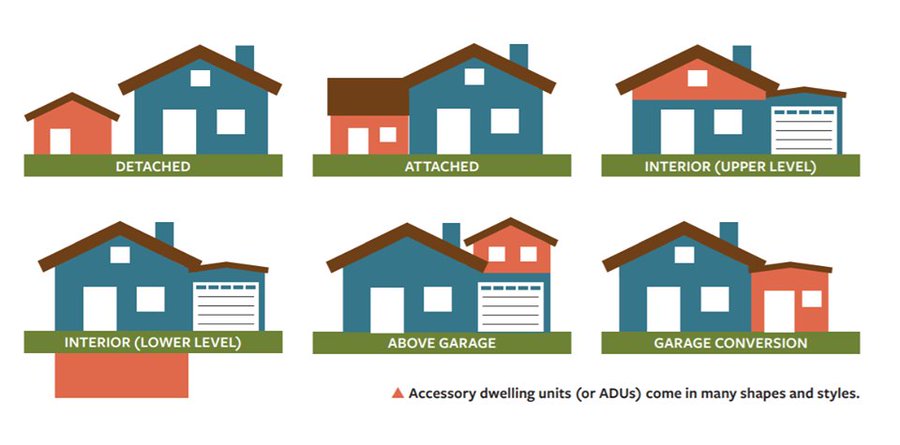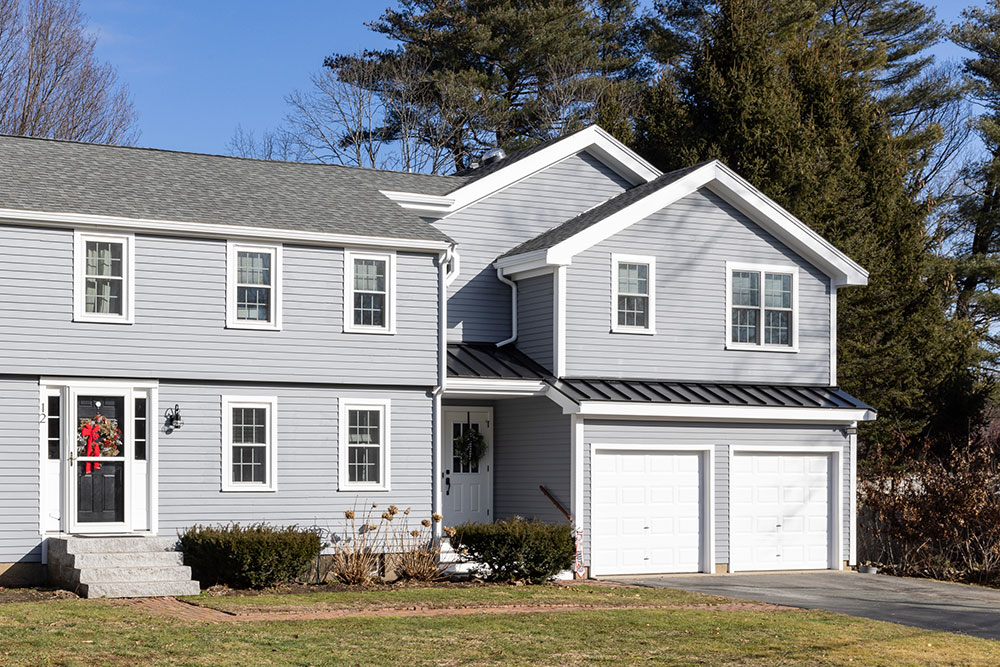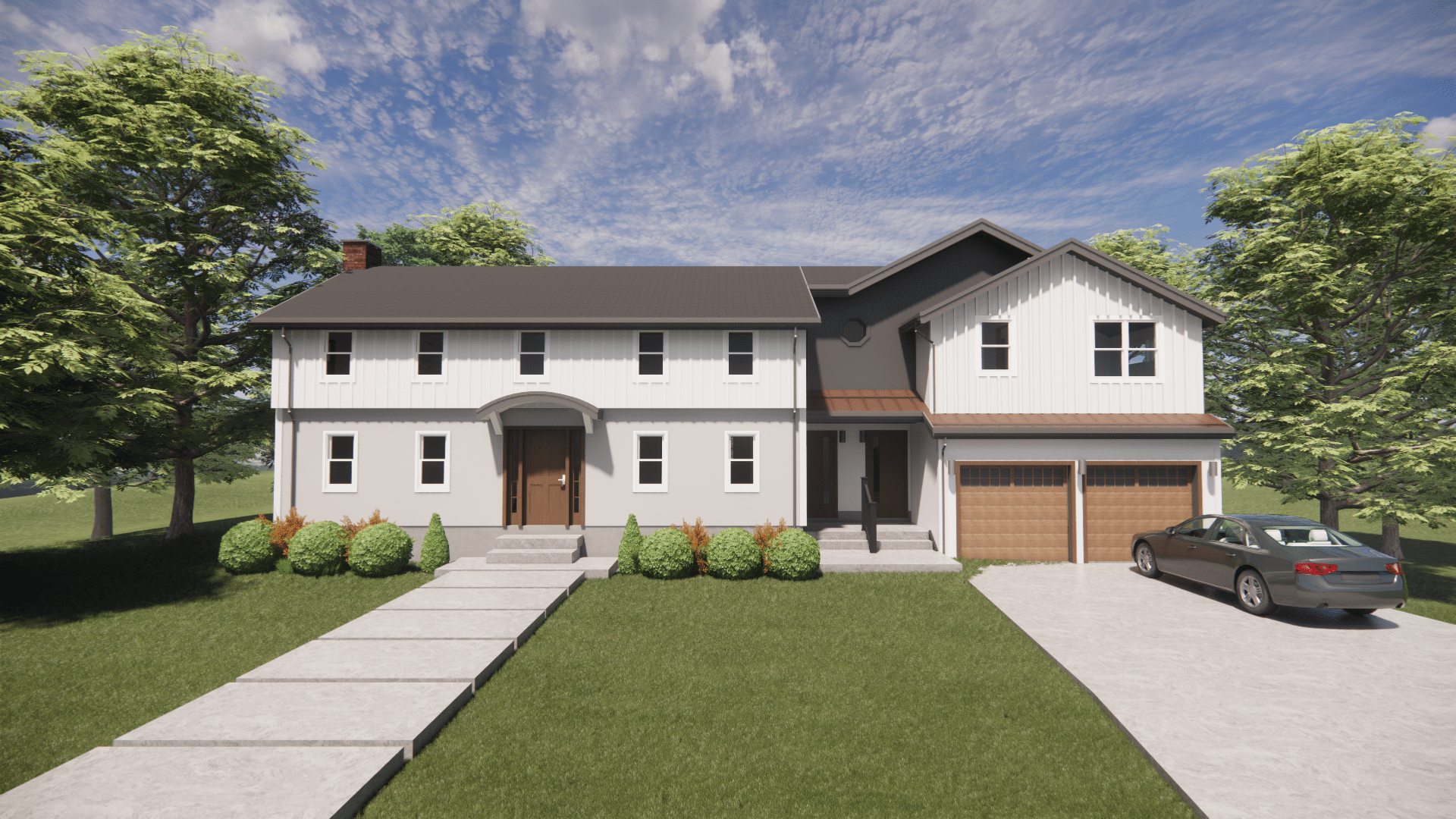Maximizing Your Property: The Value of Accessory Dwelling Units

Accessory Dwelling Units (ADUs) are a great way to add extra living space to an existing home. ADUs are small, self-contained residences that can be constructed on a residential lot or attached to an existing structure. They offer a variety of benefits, such as additional living space for family members, increased rental income, and the ability for elderly family members to age in place. ADUs are generally easier and less expensive to build than traditional home construction projects.
What is an Accessory Dwelling Unit (ADU)?
An Accessory Dwelling Unit (ADU) is a smaller, independent residential dwelling unit located on the same lot in your single-family home. ADUs can be built onto existing structures or can be freestanding structures located on the same property as the main home. In order to be considered a legal ADU, it must have an entrance from the outside without passing through the main house, bedroom egress windows, and its own private kitchen and bathroom. ADUs are becoming a popular solution for those looking to expand their living spaces in a cost-effective and sensible way. Additionally, because ADUs are generally small infill units, they can provide these benefits without significantly altering the character of existing residential neighborhoods.

How can we know if Accessory Dwelling Units are allowed?
In August 2024, the Commonwealth of Massachusetts passed the Affordable Homes Act, which is the largest housing bond bill in Massachusetts’ history. The act has wide-ranging impacts on housing affordability and includes many policy changes that will unlock housing production in our state, such as allowing accessory dwelling units (ADU). It is anticipated that 8,000-10,000 new ADUs will be constructed over the next 5 years.
Some Major components of the proposed new ADU Ordinance include:
Allowing ADUs by-right in most single-family residential districts.
Allowing both attached and detached dwelling units.
Removing the restrictions on who can live in an ADU to allow non-family members.
When considering building an ADU in the state of Massachusetts, it is important to adhere to each town’s Zoning Ordinances depending on where the unit will be located. Zoning rules apply to all land in Massachusetts. This means that any changes to existing buildings or adding new ones are strictly regulated by each city or town’s zoning laws. These laws determine where ADUs can be located, how big they can be, and how many people can live in them. Local officials often support building ADUs to help with housing shortages in their areas.
Benefits of owning an ADU
Accessory apartments are a great way to provide much-needed affordable housing. ADUs offer versatile housing options, ensuring that both homeowners and renters can access affordable accommodations regardless of their stage in life. These units can provide flexibility and a range of housing options within a family residence:
Low-Cost Housing for Elderly Family Members
Keeping your elderly family members close by in their own private space can be a better and more affordable option than assisted living. This allows you to stay connected, be involved in their daily lives, and monitor their health and well-being without the high cost of assisted living.
Perfect Mixed-Use Space
As the COVID pandemic subsided, many people living in the suburbs looked for extra spaces to get away from their daily routines. They wanted a peaceful place to work, an indoor gym, or a room to pursue their hobbies. They found plenty of options to turn spaces, such as ADUs, into whatever they wanted.
Privacy for College Students/Adult Children
As rent prices keep going up all over the country, many parents are considering the idea of giving their young adult children a safe place to live while they get started in life. By letting their children stay close to home as they begin this new phase of their lives, this type of housing arrangement can be very helpful.
Source of Passive Income
Owners can generate extra income by renting out a private unit, whether for short or long-term stays. These units are fully furnished and come with their own entrance, kitchen, bathroom, and sleeping area, making them perfect for any length of stay.
Increased Property Value
Unused space in your home can be transformed to increase the property’s resale value. Adding an ADU can boost the resale value by up to 35%. This investment has the potential to generate additional income and expand the possibilities for the finished space. By renovating or adding these units, your home can be appraised alongside others with ADUs, increasing its overall value.

Who Benefits From Accessory Dwelling Units (ADUs)?
Homeowners: Renting out an ADU can help homeowners earn extra money, which can be used to pay the mortgage and other expenses. Even a small rental income can help with savings and daily living costs. ADUs are versatile and can be used as a home office, gym, or homeschooling space, while also adding long-term value to the property.
Families & Senior Citizens: ADUs offer a solution for families who need to balance privacy and support. They can provide a financial safety net for a young adult living at home, while also allowing an aging parent to receive assistance while maintaining their dignity and having their own living space. ADUs are also well-suited for accommodating a child or family member with a disability.
Renters: ADUs offer affordable and private living spaces for various renters. These include individuals saving up to buy a home, temporary workers like traveling nurses, professionals who already have a home, and college students who prefer ADUs over dorms or expensive apartments.
Employers: Having access to moderately priced housing in suburban communities can attract more workers to their local business and labor force
Communities: ADUs help to create more concentrated development by using land, energy, water, and materials more efficiently. They also reduce development pressure on farmland and open spaces and promote energy efficiency by providing more compact living spaces.
Local Governments: Adding ADUs to a home can increase its assessed value, leading to higher tax revenue for cities and towns. This extra revenue doesn’t usually result in a corresponding increase in public school enrollment. ADUs also provide cities with more affordable housing options that don’t rely on government funding or subsidies.
How to Get Started Building Your Own ADU
The development of an ADU is a complex process that should be undertaken with thought and care. First, the project begins with planning. During this stage, the project’s goals are set, and decisions are made about the location and size of the unit. Next is the design phase, where architectural plans are created and approvals are obtained from local authorities. Then, the building phase starts, with the construction and outfitting of the unit with necessary fixtures and finishes. Finally, the unit is completed and ready to be occupied or used for the intended purpose. It is important to have a detailed plan in place for the successful development of an ADU, regardless of the project’s scale.
Planning for Accessory Dwelling Units
Before building an ADU, it’s important to research your local zoning regulations to make sure it’s allowed in your area. You should also consider the size of the unit, the layout of your property, and any design preferences. It’s a good idea to work with an architect to get the necessary permit drawings before hiring contractors. To cover the costs, look into financing options like loans. Lastly, create a budget and timeline for the project and keep in mind there may be additional costs during construction.
What Are the Costs of Building an ADU?
The cost of constructing an ADU can vary significantly depending on factors such as size, scope, and location of the project. Permit fees and construction costs may also vary from city to city, so it’s important to consider these factors before starting.
The cost of building an ADU is mostly taken up by construction, including materials, labor, and contractor fees. The unit’s size, complexity, and material quality determine these costs. Contractors can help get the necessary permits, but the fees vary by city and permit type. Connecting the ADU to utilities such as water, sewer, and electricity also incurs costs.
These connections may need additional work and expenses depending on the property’s existing infrastructure. It’s smart to set aside extra funds for unexpected expenses during construction, like unforeseen issues or changes to the plan. Having this extra fund helps manage surprises.

Ready to enjoy your new space?
Let our skilled designers, architects, and contractors simplify the ADU design and build process for you, removing the stress.
